The IRS has reminded retirees that required minimum distributions from retirement plans and IRAs should be taken by Dec. 31.
Required minimum distributions. Generally, required minimum distributions (RMDs) are minimum amounts that must be withdrawn annually from most retirement plan accounts and IRAs once the account owner turns 72.
Observation. Prior law required individuals to start taking RMDs when they reached 70½. So, individuals who turned 70½ on or before June 30, 2019, must take an RMD by December 31, 2021. Individuals who turn 72 in 2021 must take their first RMD by April 1, 2022.
The required distribution rules apply to:
- Owners of traditional Individual Retirement Arrangements (IRAs)
- Owners of traditional Simplified Employee Pension (SEP) IRAs
- Owners of Savings Incentive Match Plans for Employees (SIMPLE) IRAs
- Participants in various workplace retirement plans, including 401(k), Roth 401(k), 403(b) and 457(b) plans
Roth IRAs do not require distributions while the original owner is alive.
Calculating RMDs. An RMD is based on the account owner’s life expectancy and their account balance. For most IRA owners, life expectancy used to calculate the RMD is based on Uniform Lifetime Table III in Publication 590-B, Distributions from IRAs. The account balance information is reported to the taxpayer on Form 5498, IRA Contribution Information.
The RMD is calculated separately for each IRA; however, an individual with multiple IRAs may choose to withdraw the entire amount from one IRA. In contrast, RMDs from workplace retirement plans must be taken separately from each plan.
Not taking a required distribution, or not withdrawing enough, could mean a 50% excise tax on the amount not distributed.
2020 RMDs. The CARES Act provided for special distribution options and rollover rules for retirement plans and IRAs for 2020. One special distribution option allowed an IRA owner who took an RMD in 2020 to repay their account (or rollover the withdrawn amount to another qualified account) to avoid paying taxes on that distribution. These RMDs may be repaid over a 3-year period or, if the RMD isn’t repaid, the taxes due on the distribution may be paid over a 3-year period.
Source: Checkpoint Newsstand 12/9/21


.png)



